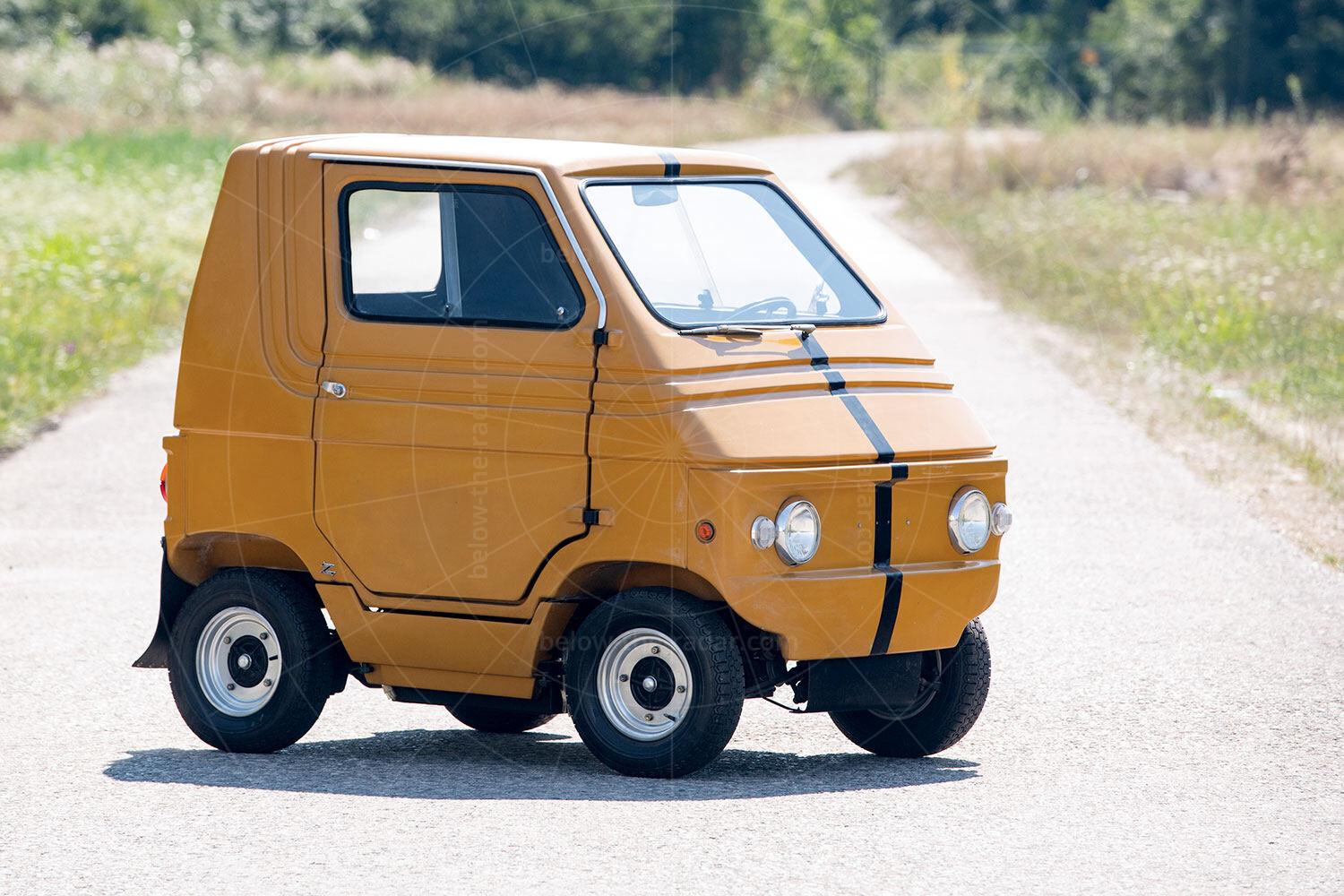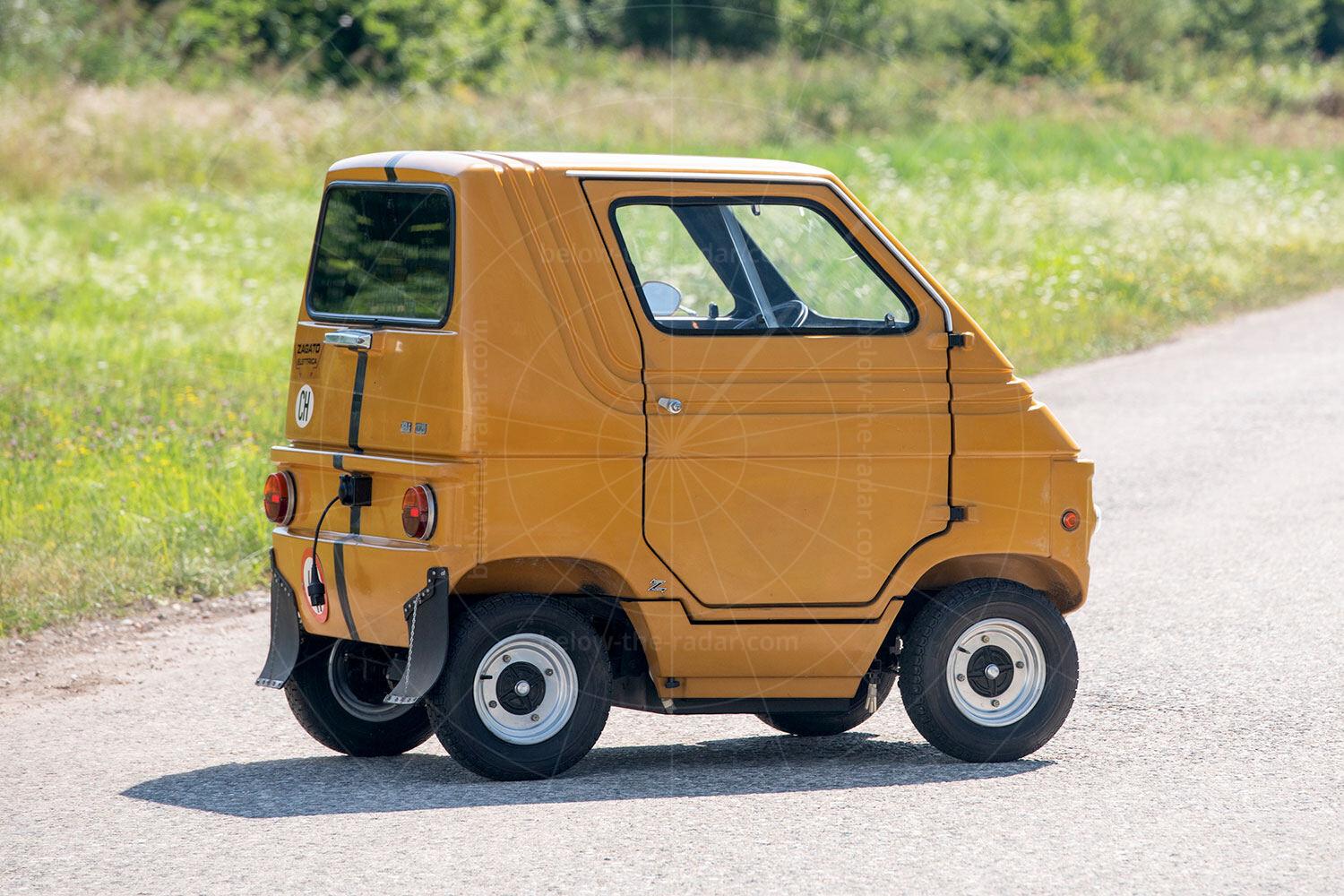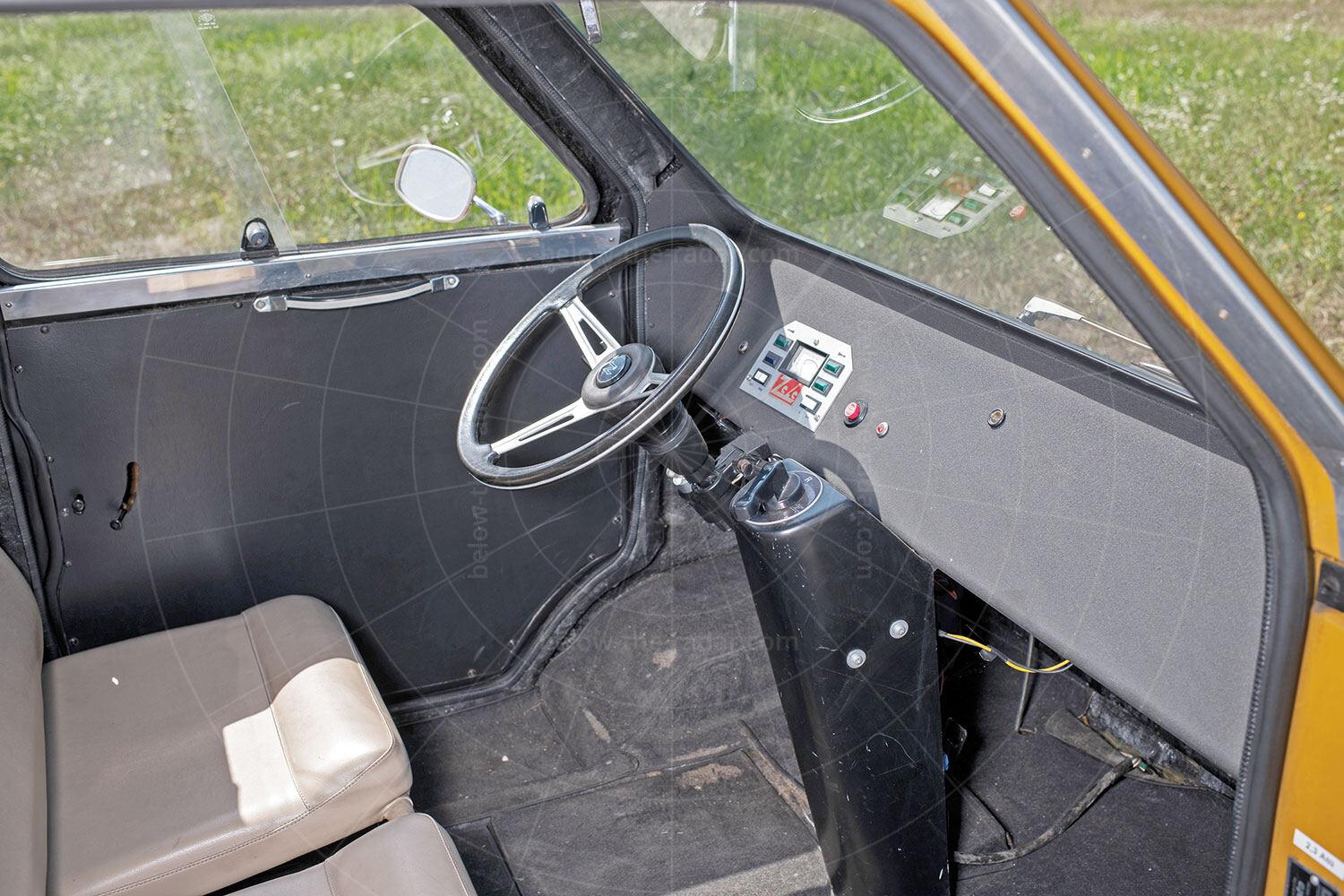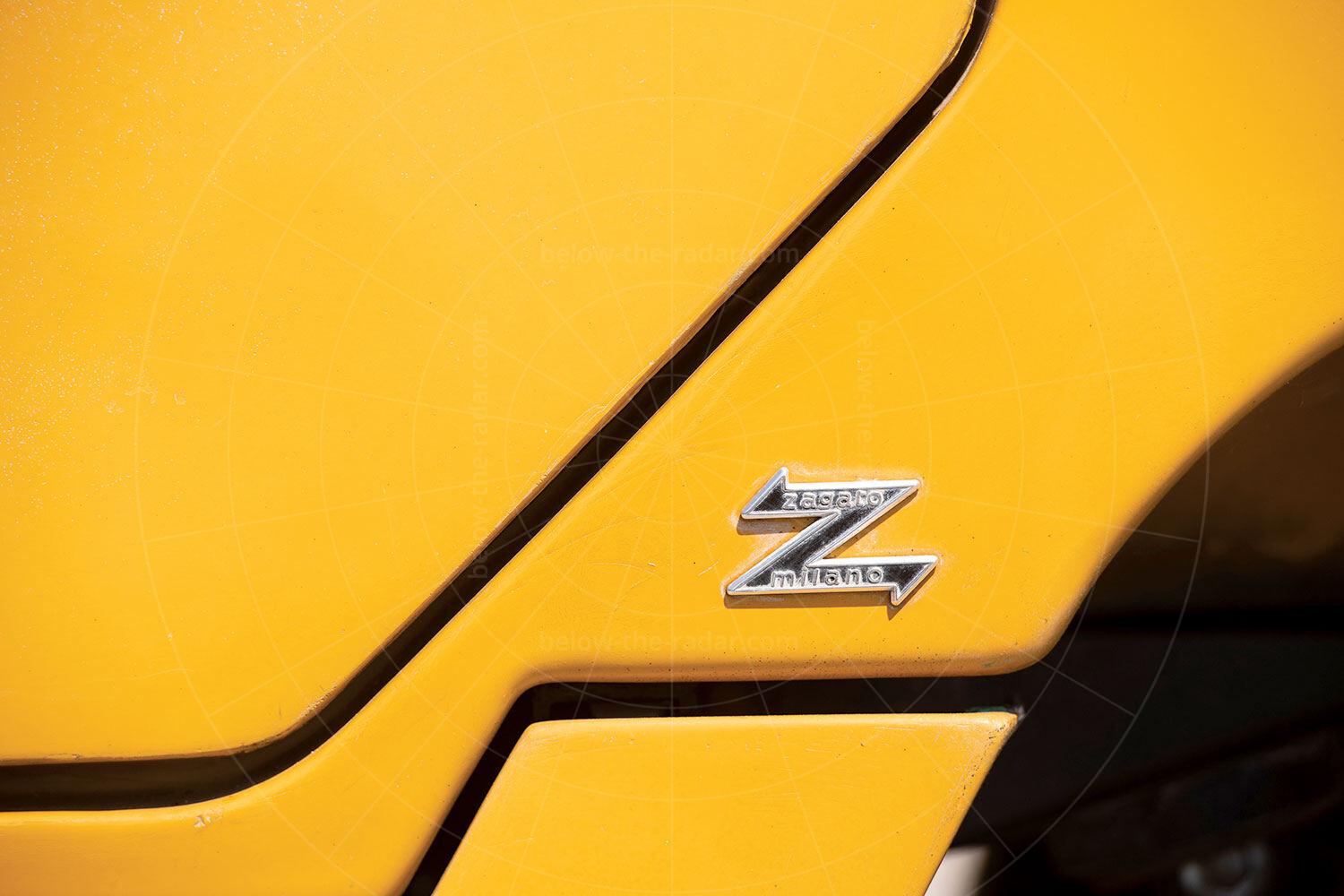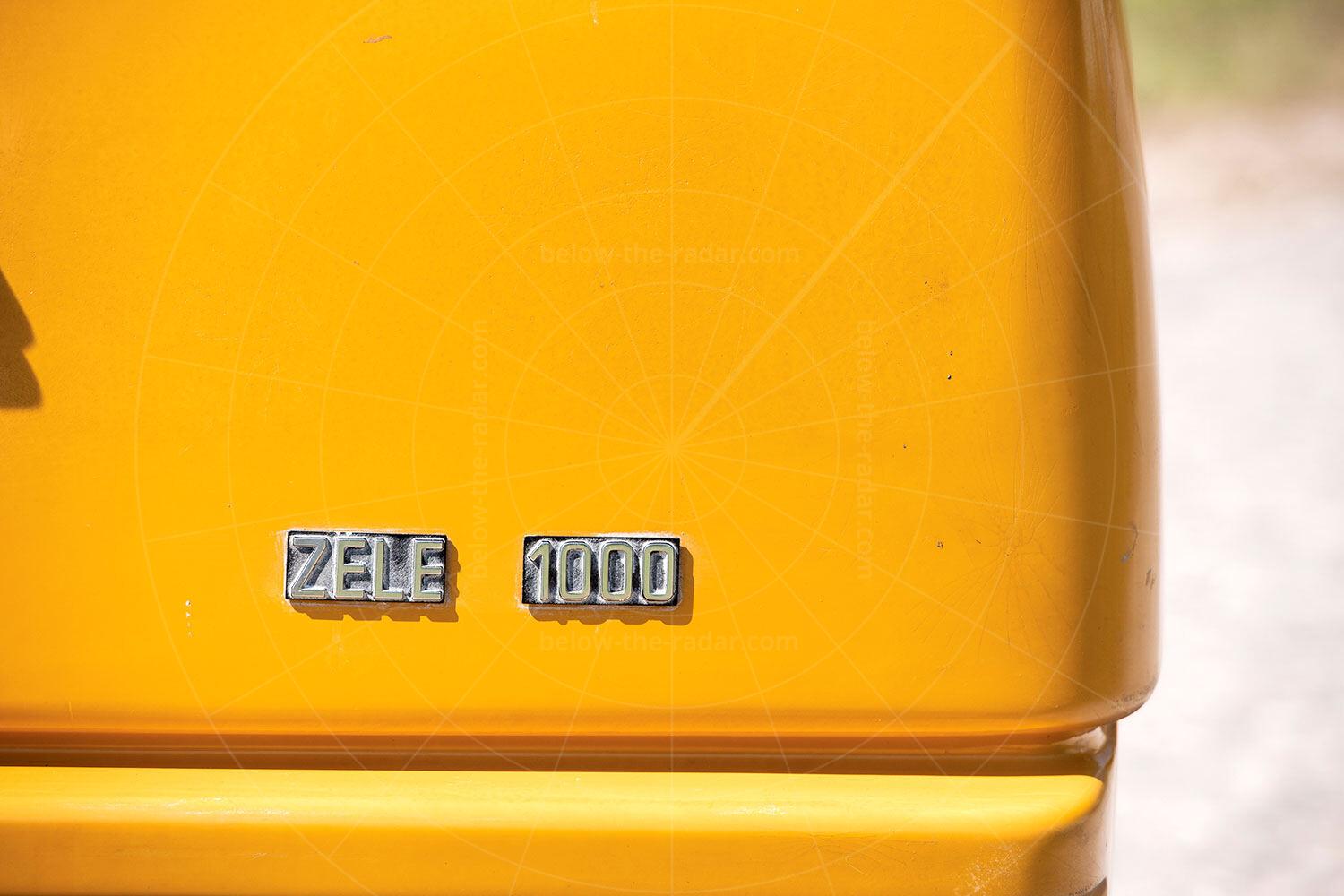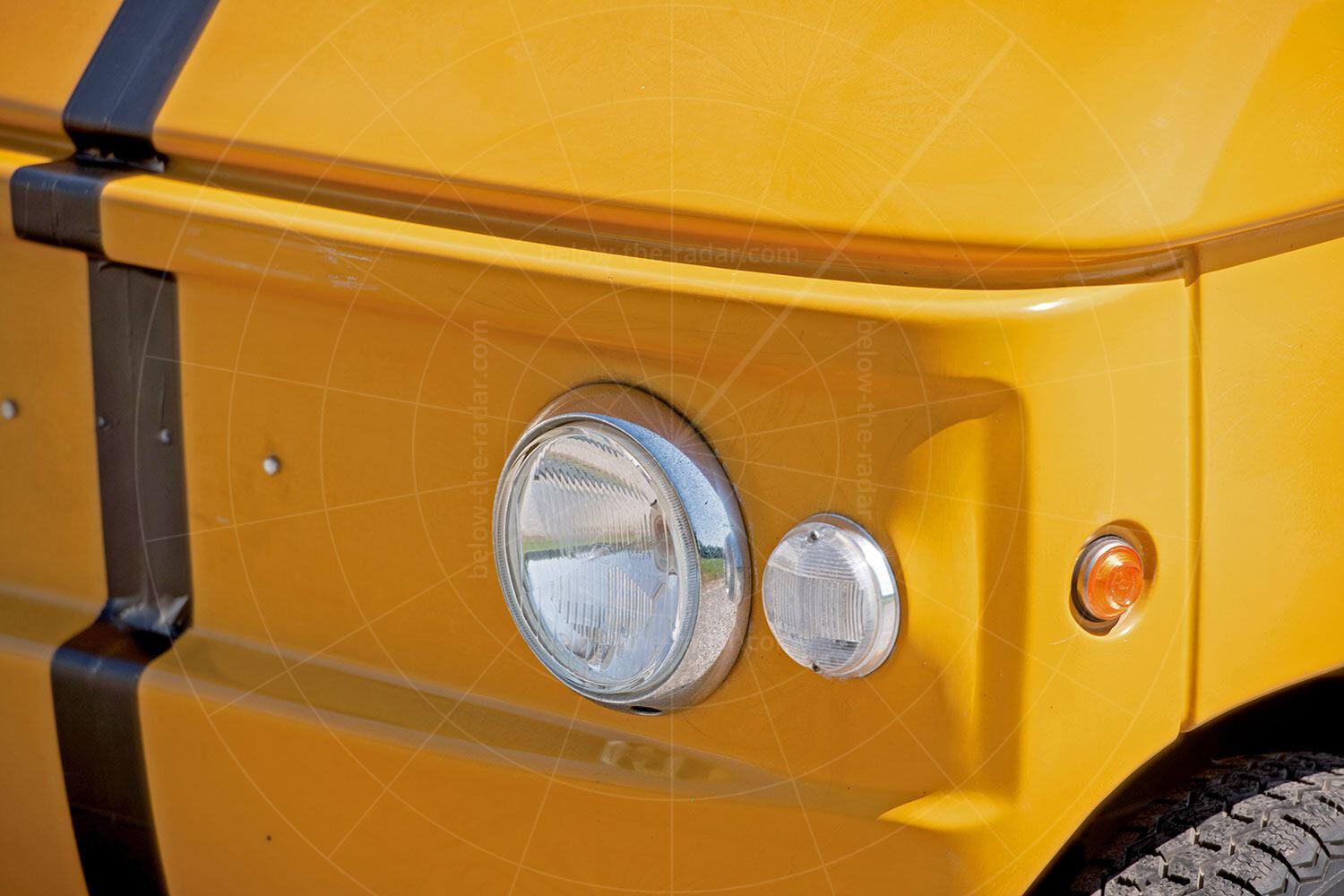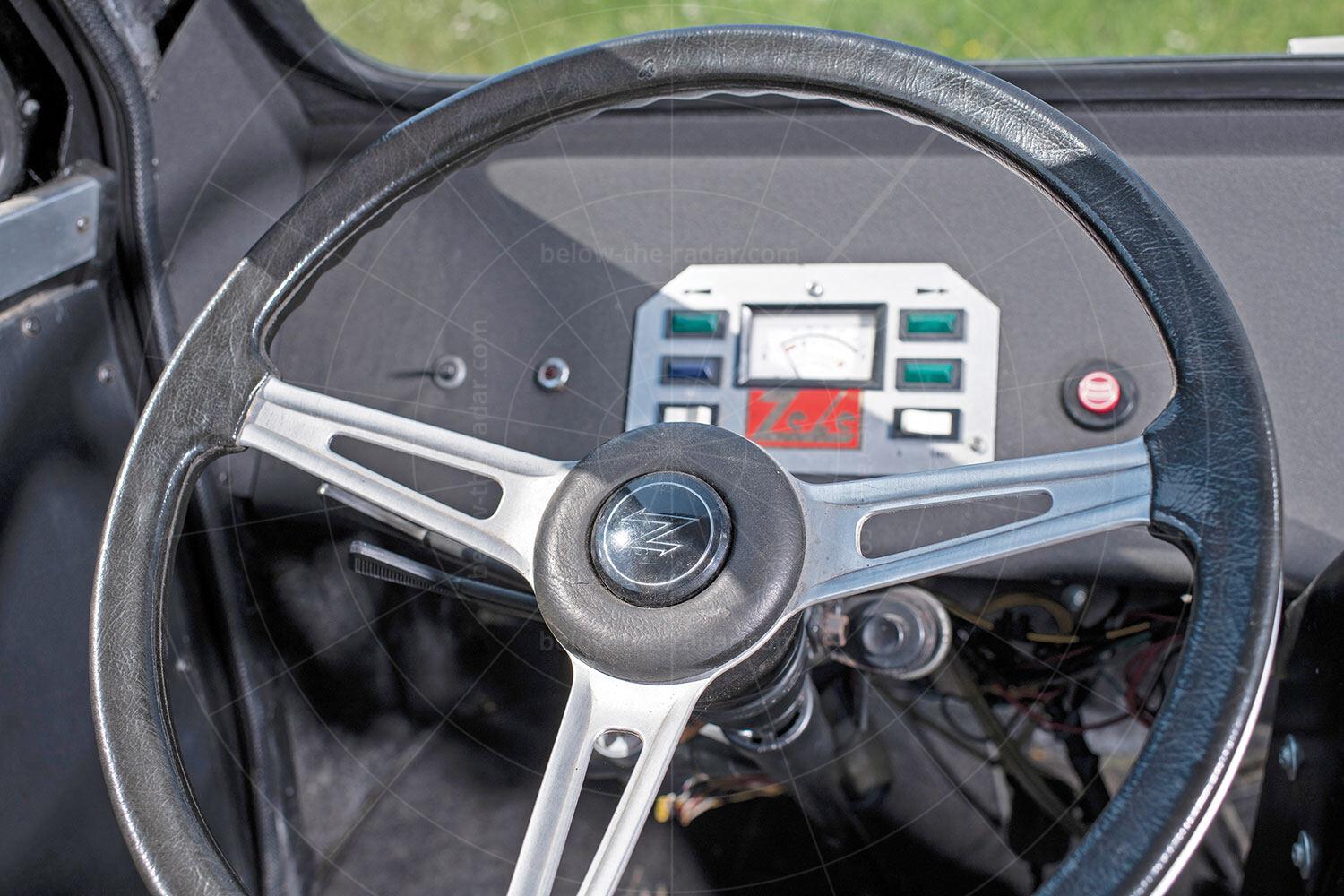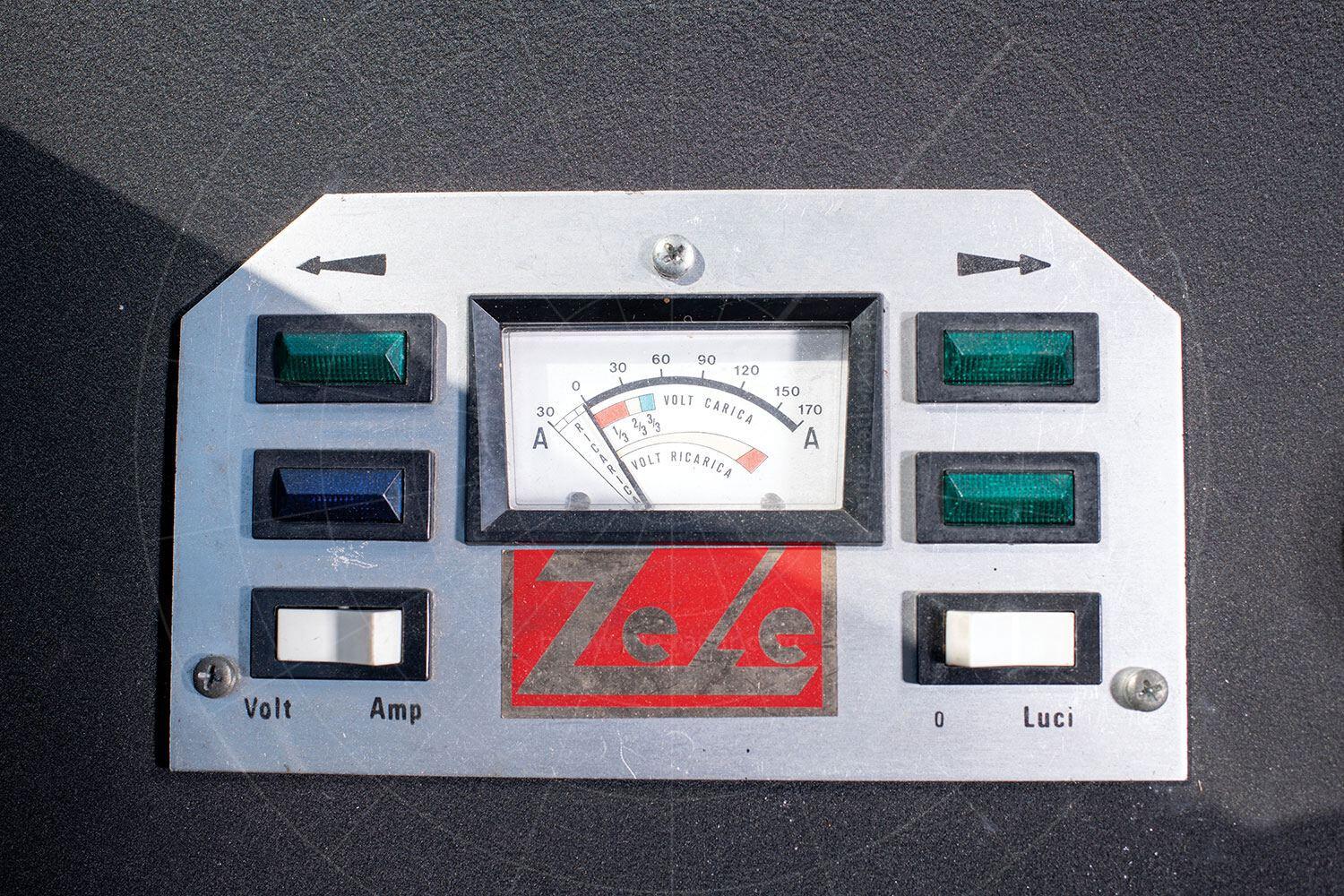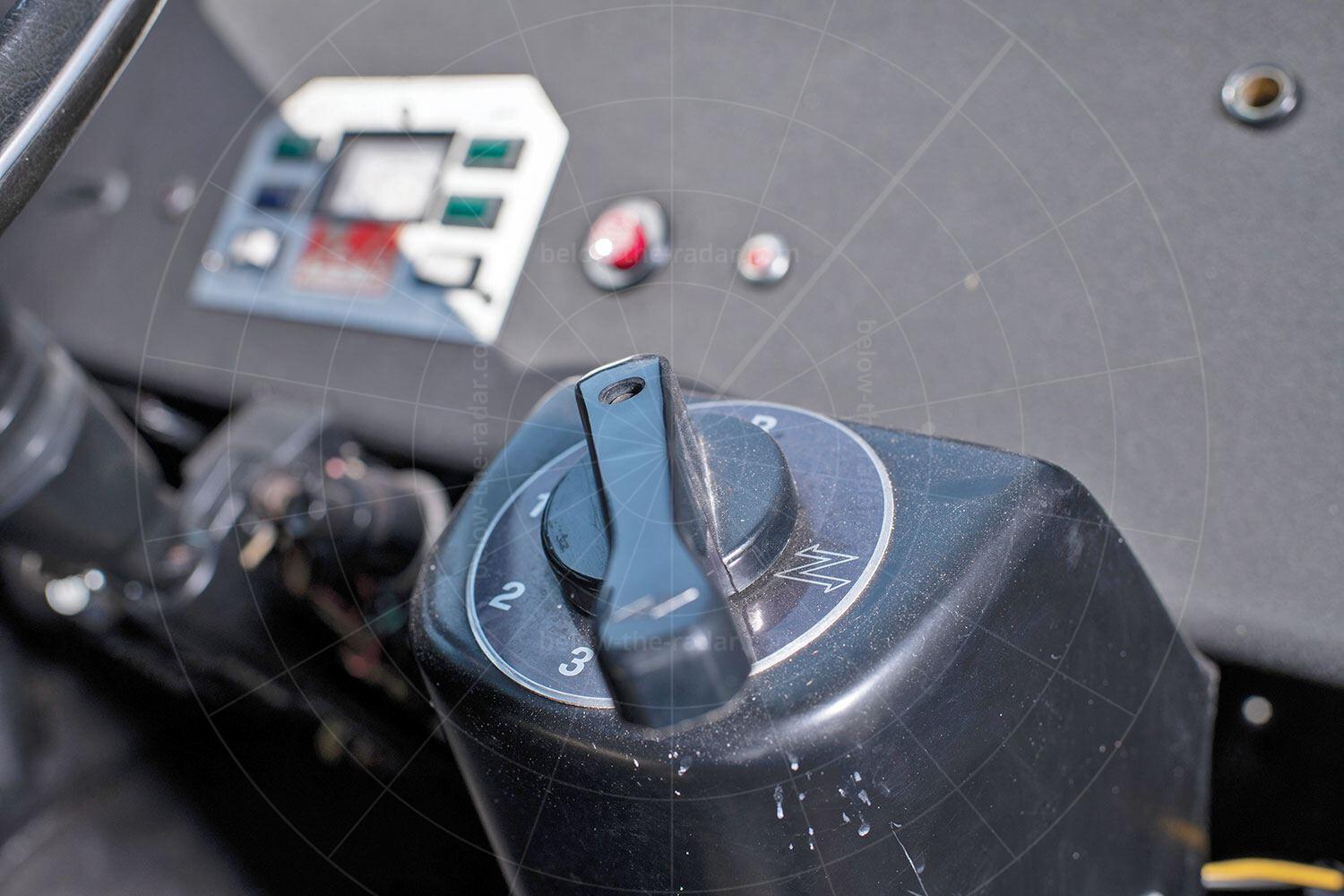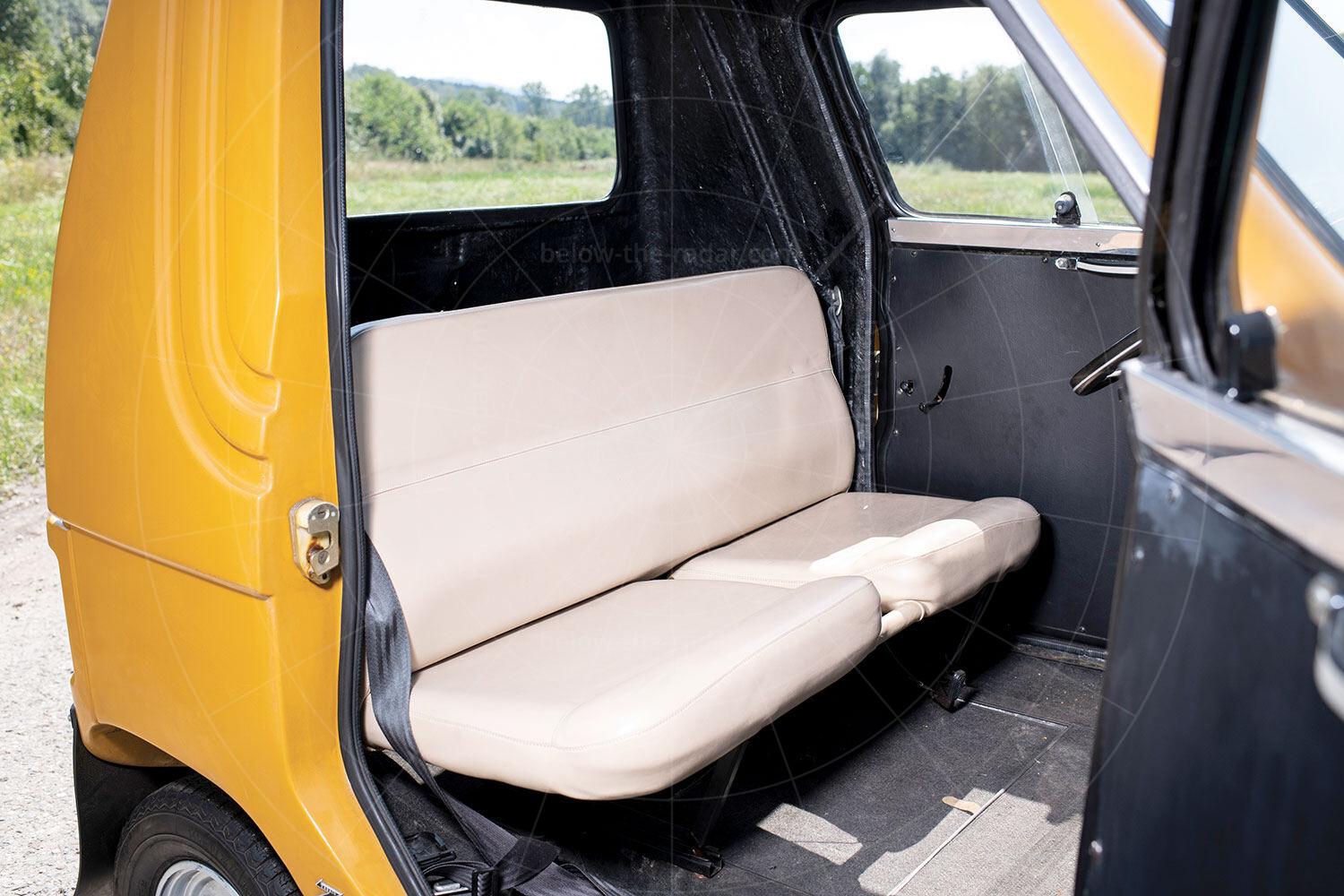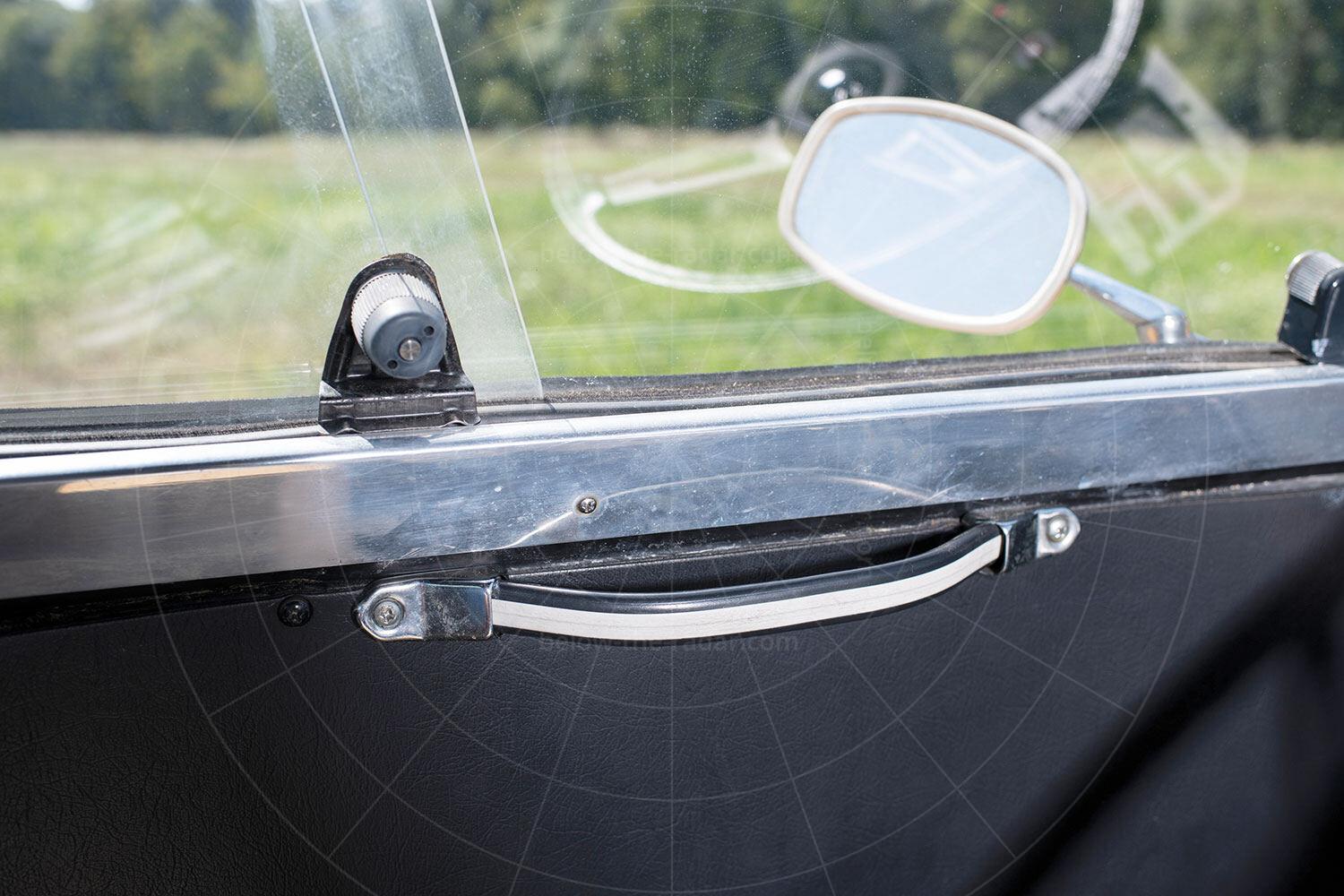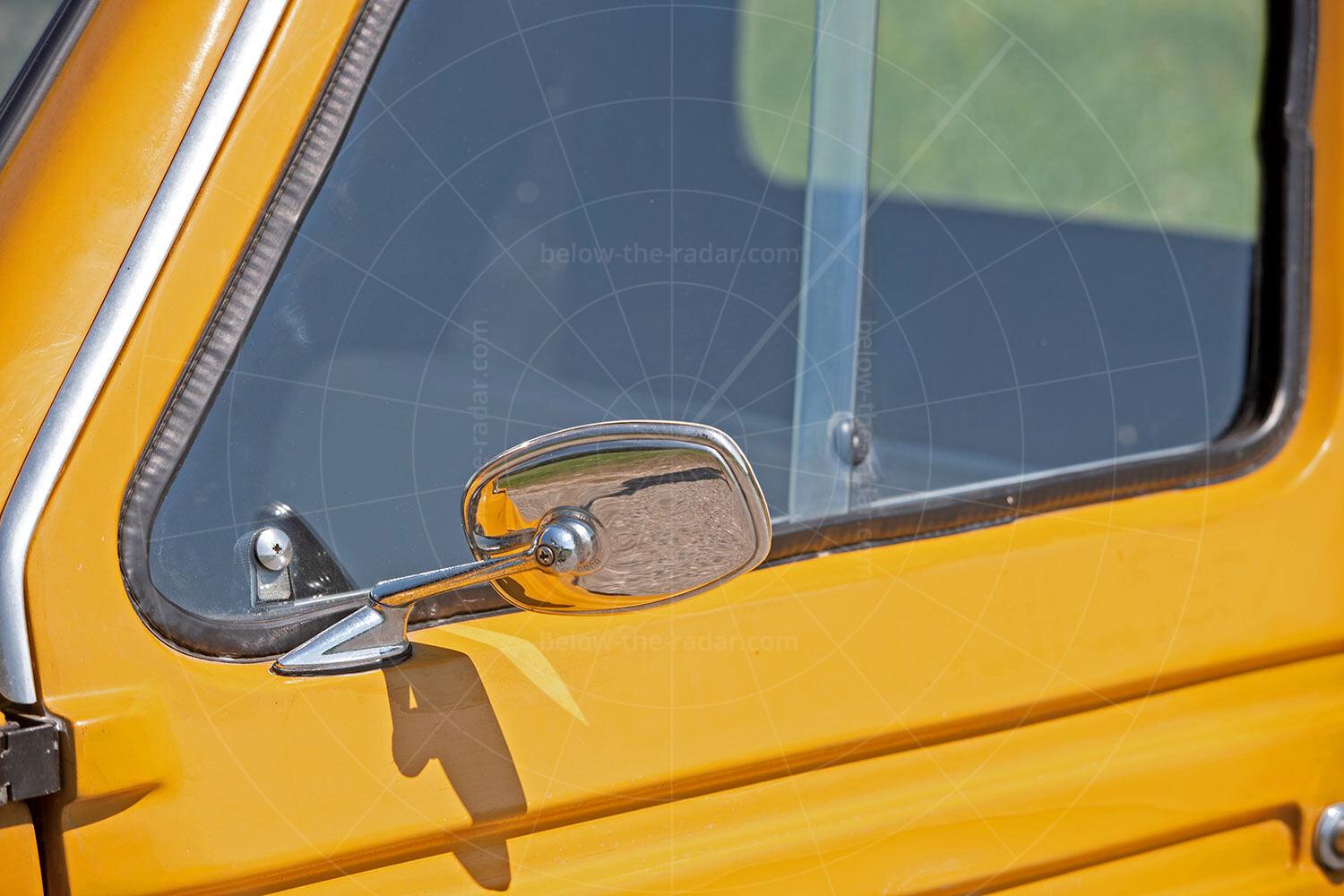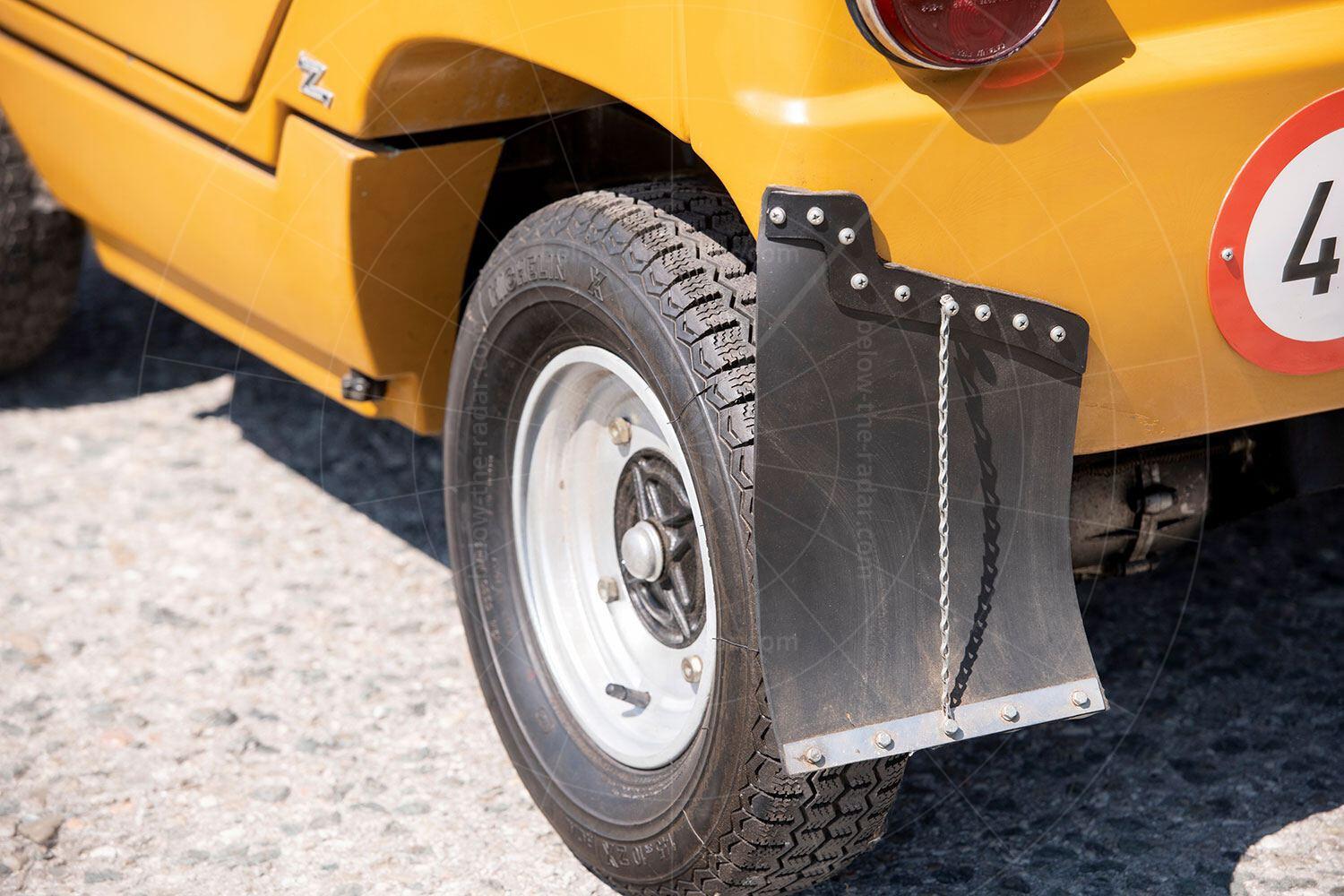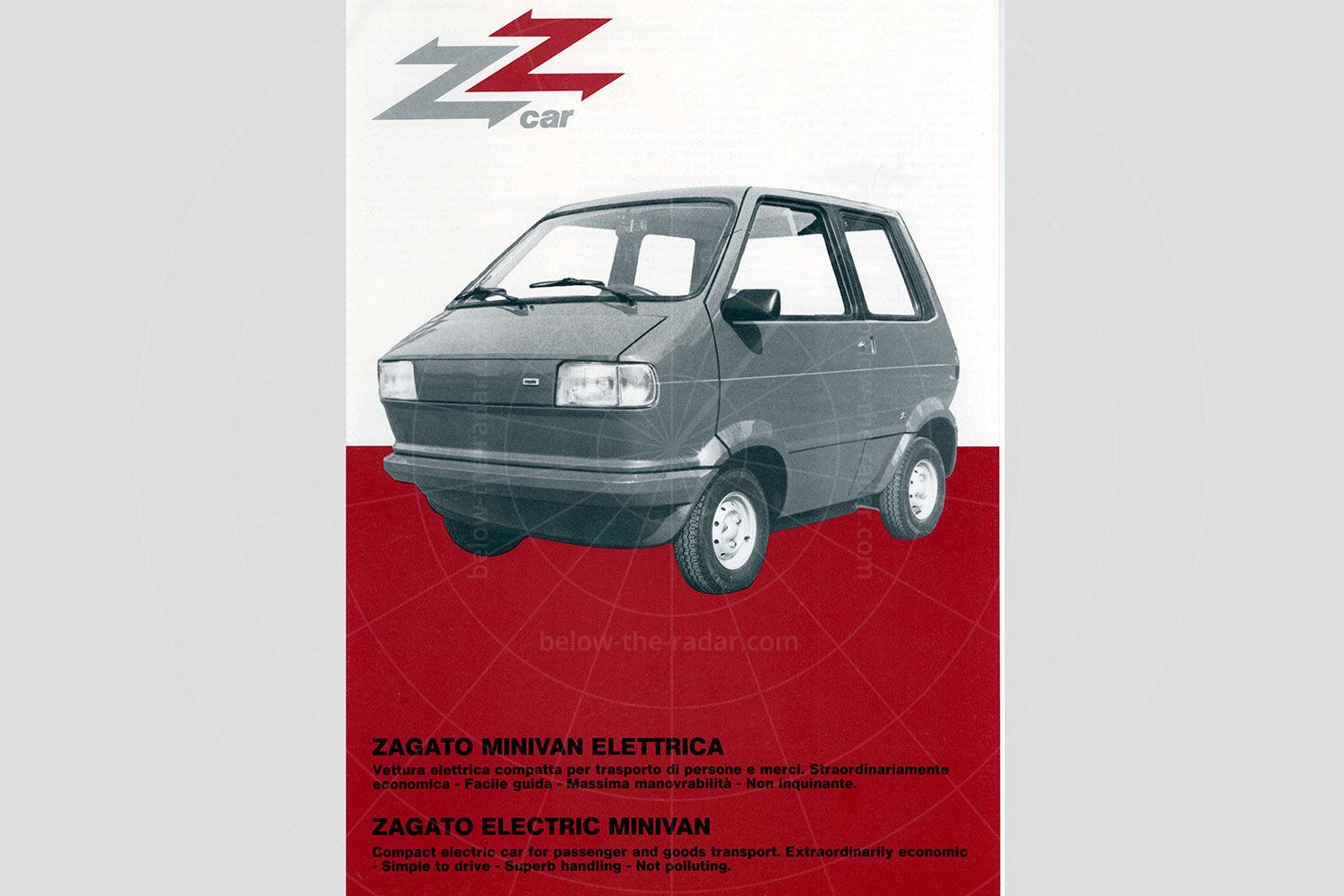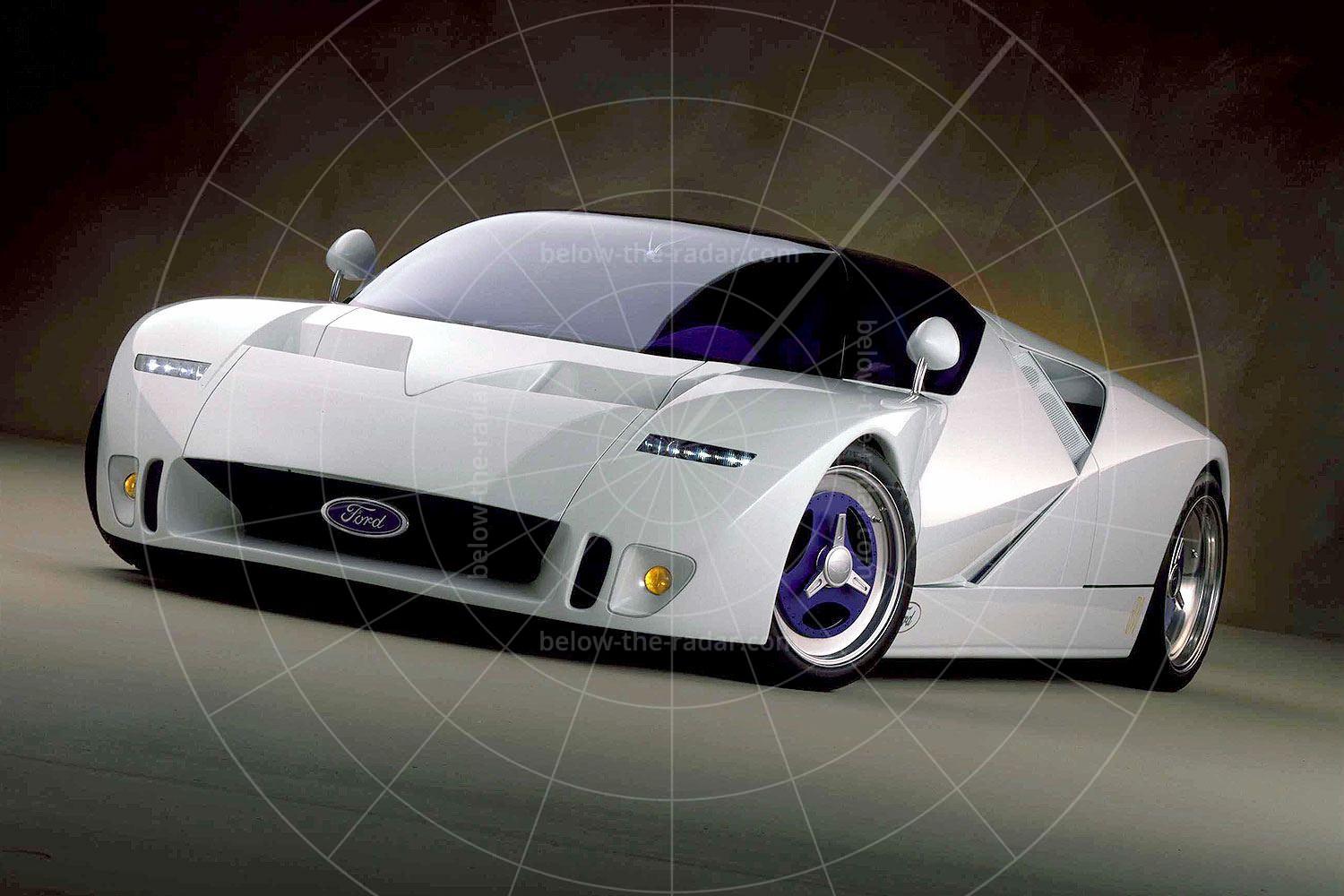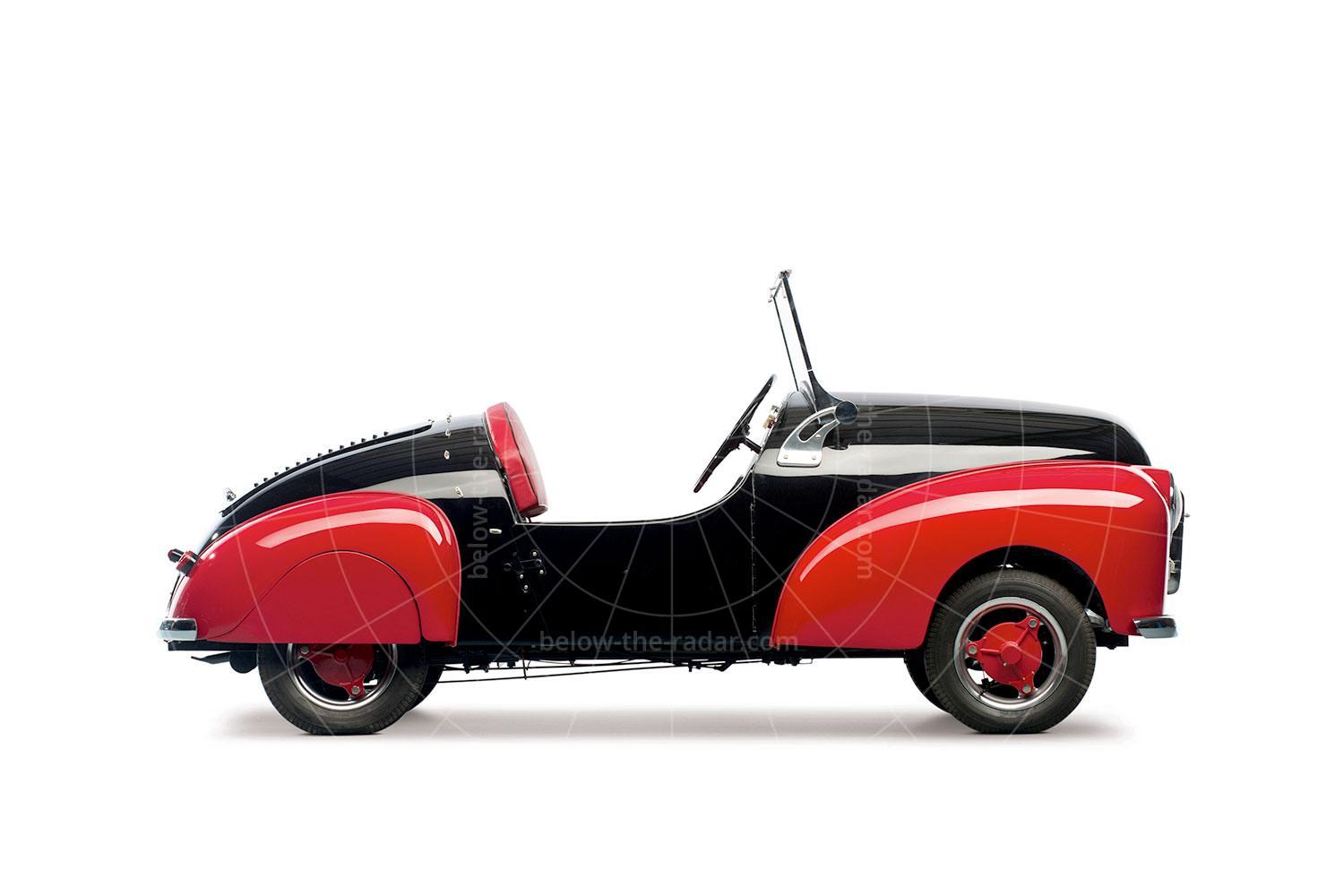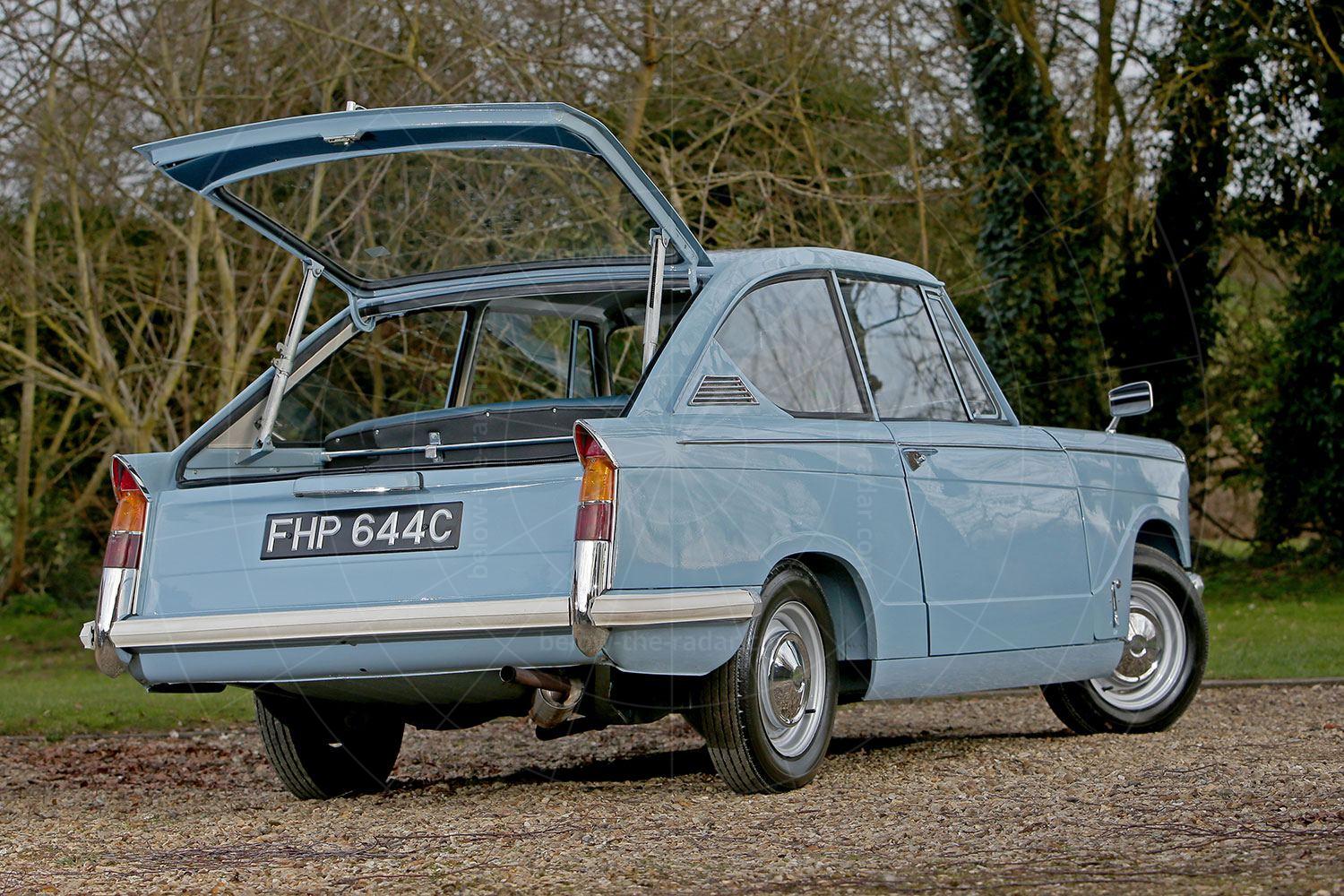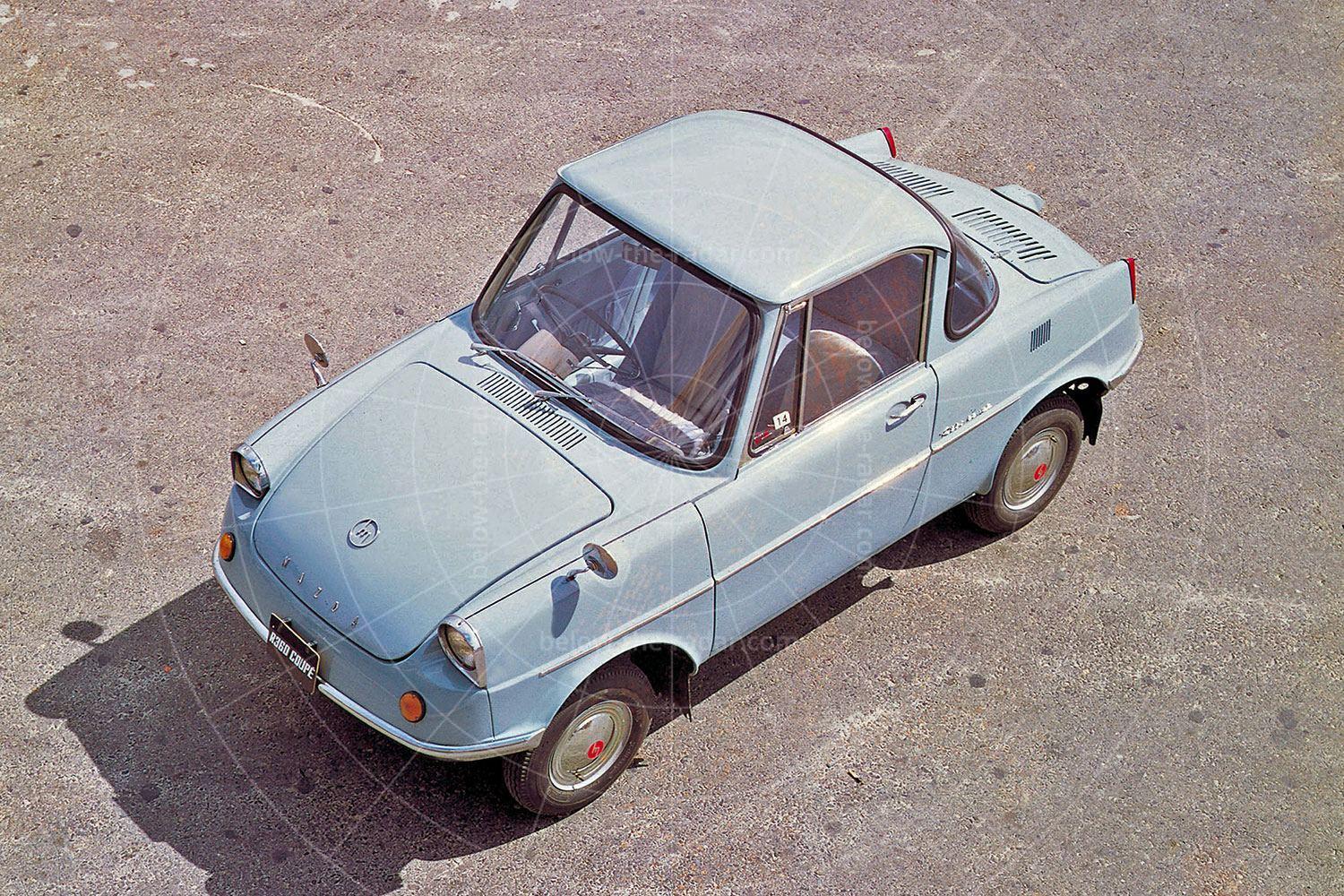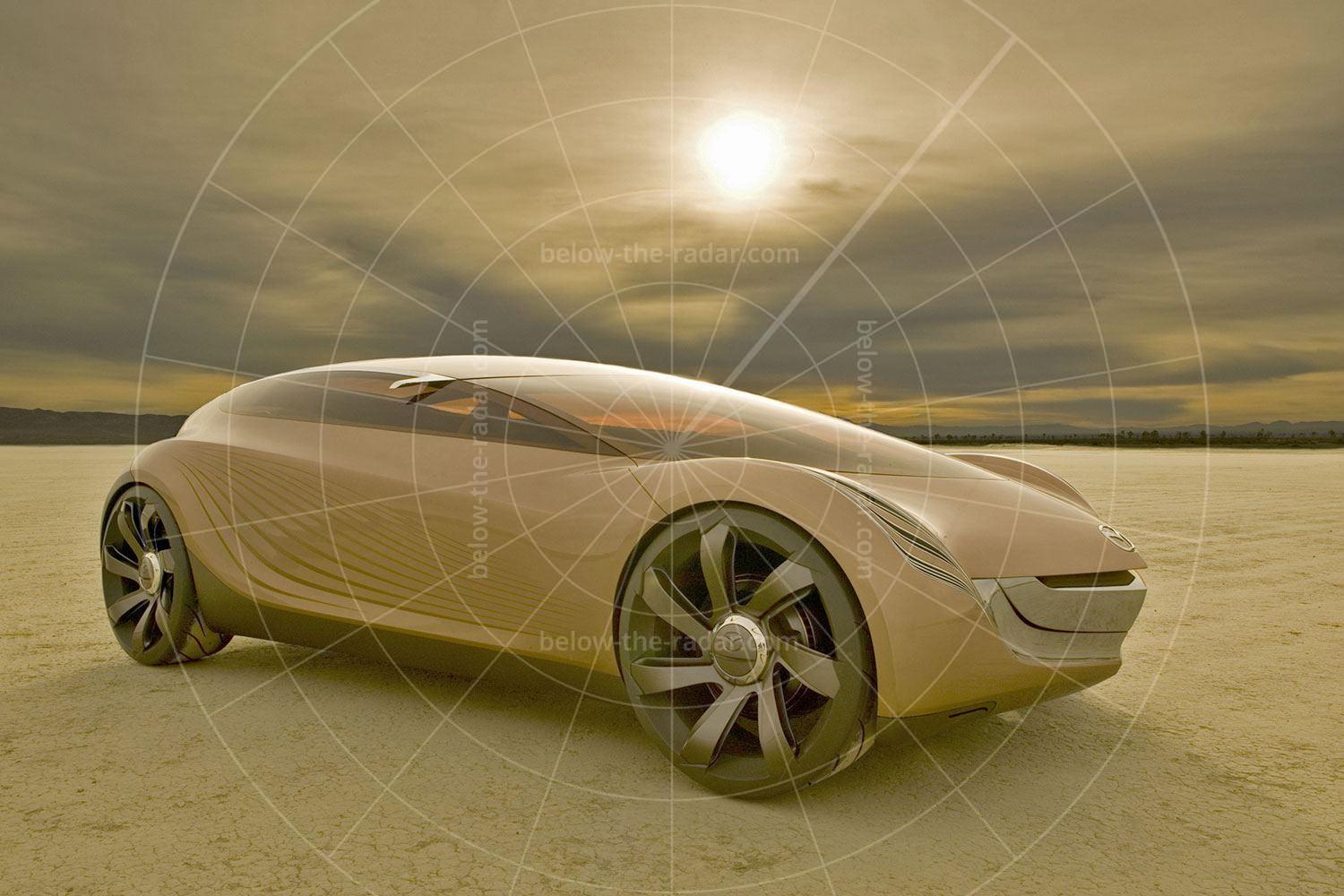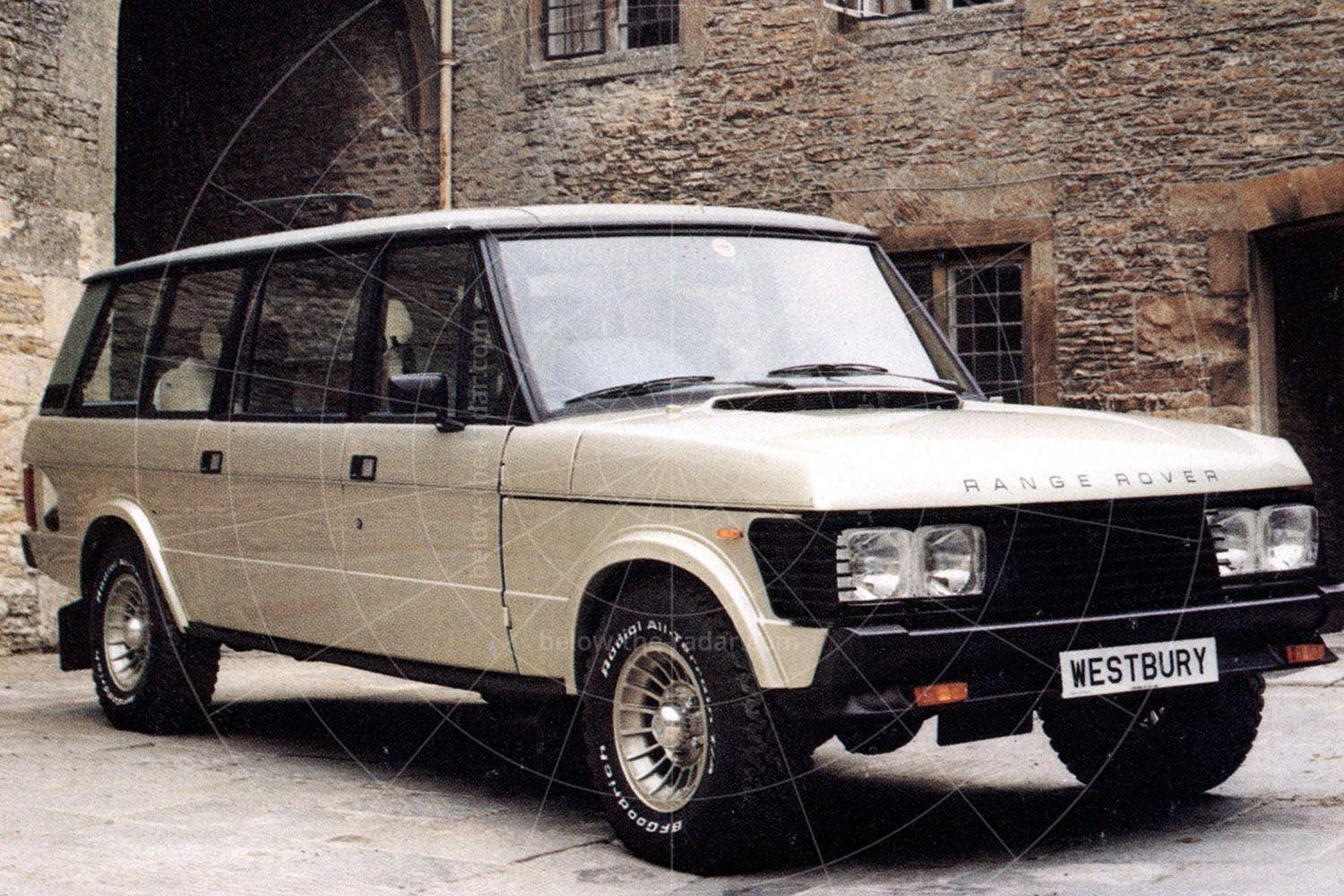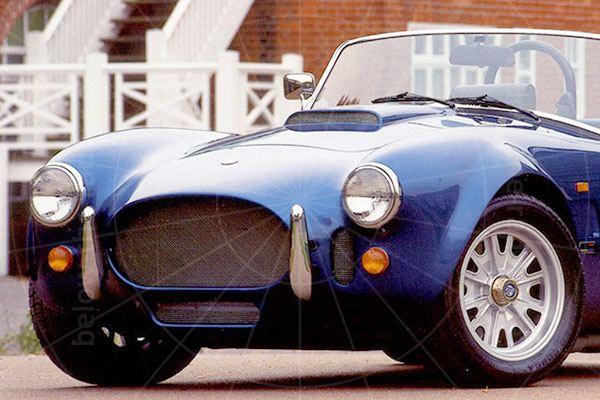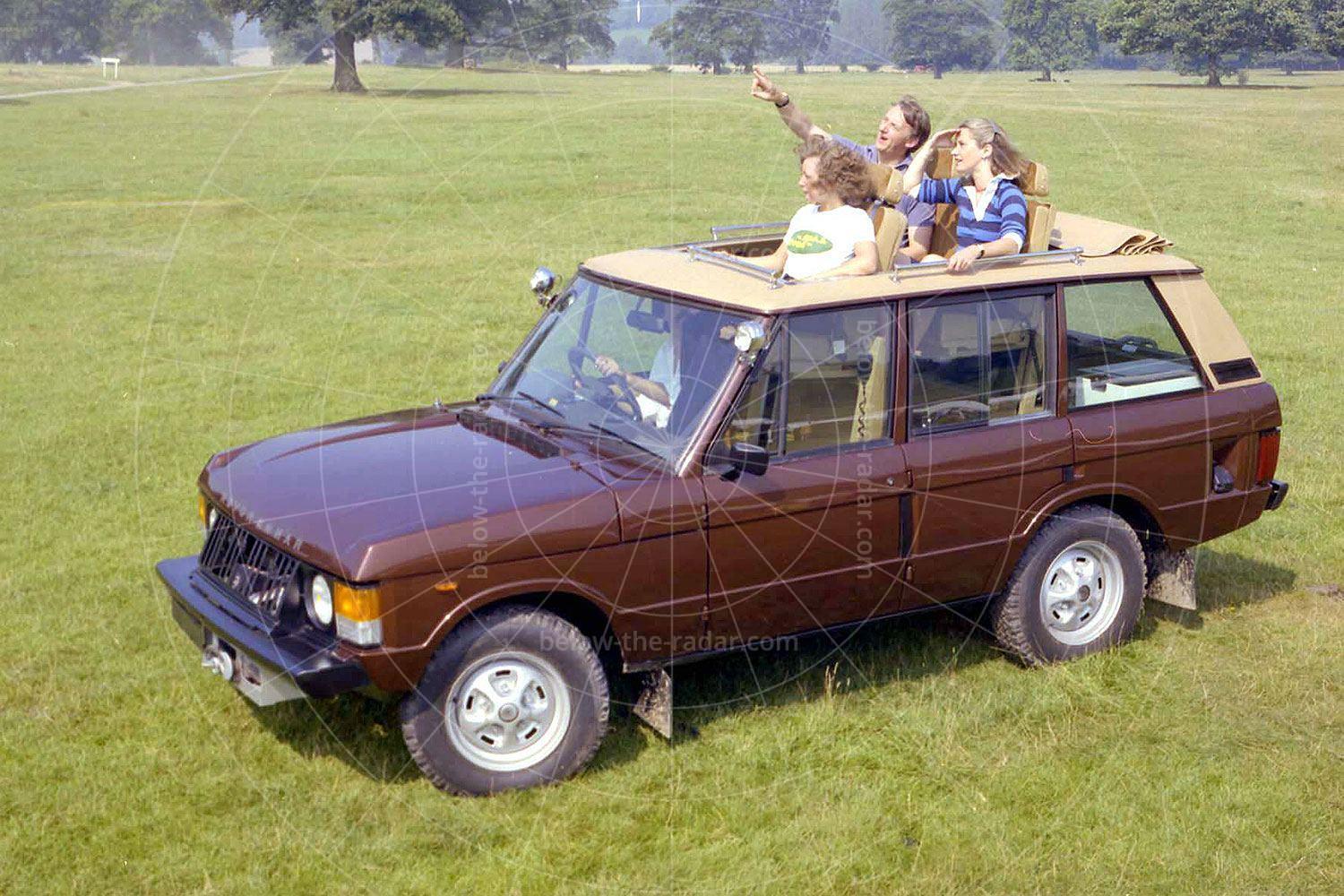Zagato was founded in 1919 and it worked with some of the world's most prestigious car makers to produce some of the most beautiful (or visually challenging) vehicles ever created. But by 1972 Zagato was in big trouble, with bankruptcy looming thanks to a complete lack of commissions. Car makers had been taking design work in-house, so Elio and Gianni Zagato needed to try something radical, if the company founded by their father more than half a century previously wasn't to become a footnote in motoring history.
And radical is exactly what we got, because at the 1972 Geneva Salon, Zagato took the wraps off the Zele, a tiny two-seater plastic-bodied electric car. It was at the opposite end of the spectrum from what Zagato was used to selling, but the Zele seemed to make perfect sense. With global fuel prices rising thanks to the energy crisis getting under way, ditching an internal combustion engine in favour of an electric motor seemed like the obvious solution.
An electric city car for commuters, the Zagato Zele was cheap to buy and run, and it was able to make the most of the urban environment. The Zele was just under two metres (77 inches) long which meant it was three feet shorter than a Mini, although that was a car which wasn't restricted to just two occupants or a very limited range.
Made of two plastic mouldings joined down the centre, which ensured that it was corrosion-proof, the Zele's light weight was good news, but the most it could manage with its quartet of 24-volt batteries was just 43 miles on one charge. The top speed was also very poor, just 25mph being available from the rear-mounted 1000-watt Marelli electric motor, which drove the rear wheels via a three-speed transmission.
To help cut production costs the Zele used as many Fiat Group parts as possible; the platform was from the Fiat 500, while the Fiat 124 donated its steering column and the rear light clusters were borrowed from the Lancia Stratos.
Although the Zele made its debut in 1972, the production car wouldn't go on sale until 1974, with 225 sold in 1975. Most of these were badged as Elcars and sold in America, but Bristol imported them into Britain, where tiny numbers were sold at £1994 apiece; there was even a golf-cart derivative.
While that first car was known as the Zele 1000 (or Zagato Elettrica 1000W), a Zele 2000 was available by 1975, promising an extra 10mph and a 50-mile range thanks to a bigger battery pack. The Zele's compact dimensions, low running costs and simplicity made it quite a hit in Europe, where it sold strongly throughout the 1970s; in fact the Zele was so popular that by the time it went out of production in 1991, around 3000 examples had been sold. This figure includes sales of the Nuova Zele launched in 1981, a bigger, more conventionally styled city car that offered more cabin space.
While the British and American markets didn't take to the Zele, the Europeans did and it's thanks to them that Zagato survived, to come up with more great (and not so great) designs in the 1990s and beyond.
| Vital statistics | |
|---|---|
| Produced | 1974-1991, Italy |
| Number built | 3000 approx |
| Engine | Rear-mounted, 1000-watt electric motor |
| Transmission | 3-speed semi-auto, rear-wheel drive |
| Top speed | 25mph |
| Price | £1994 (1975) |
- In September 2018 RM Sotheby's sold the Zagato Zele pictured, for £11,500. Many thanks to RM Sotheby's for the use of its pictures in this article.

